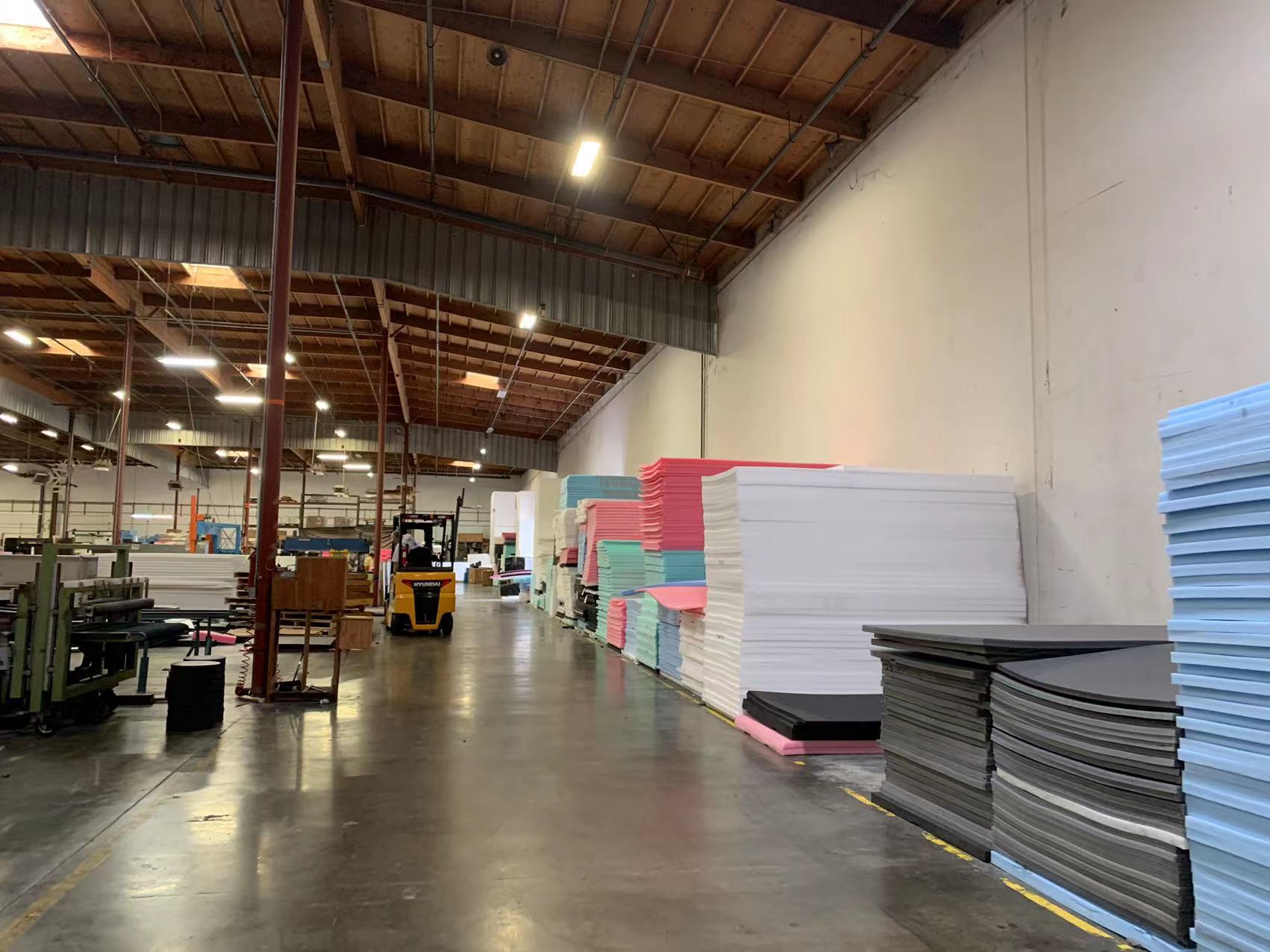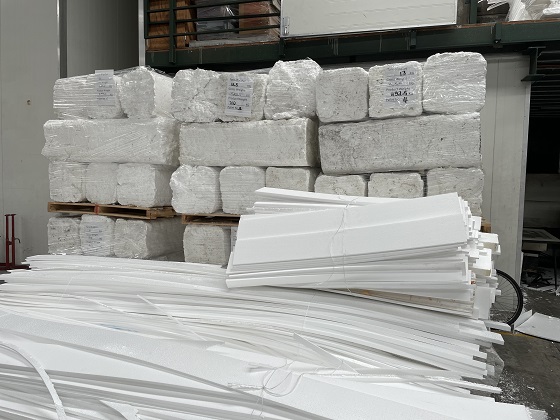The Advantages and Disadvantages of Polystyrene Foam Insulation Board
Polystyrene foam insulation boards, including Expanded Polystyrene (EPS) and Extruded Polystyrene (XPS), are widely used in the UK construction industry due to their excellent thermal insulation properties and cost-effectiveness. However, their environmental impact has become a growing concern, prompting initiatives to enhance recycling efforts. Companies like GREENMAX are at the forefront, offering advanced recycling solutions to address these challenges.

Understanding Polystyrene Foam Insulation Boards
Types of Polystyrene Insulation
Expanded Polystyrene (EPS): Lightweight and cost-effective, EPS offers R-values between 3.6 and 4.2 per inch. It's commonly used in packaging and insulation applications.
Extruded Polystyrene (XPS): Denser and more moisture-resistant than EPS, XPS provides an R-value of about 5 per inch, making it suitable for below-grade applications like foundation walls and slabs.
Working with Home Polystyrene Foam Insulation Board
Polystyrene Foam Insulation Board typically come in 4x8-foot sheets. Smaller sizes are also available. They’re much lighter and easier to work with than plywood sheets. Install them using panel adhesive or screws.
For new construction, use rigid boards to insulate slabs and the outside of foundation walls. For a basement remodeling project, consider insulating basement walls with foam board. Use a premade kit for this type of project. Attach the tongue-and-groove insulation boards to the concrete wall with adhesive. Follow with a 2x4 frame wall and insulate it with batt insulation. Keep in mind that any interior rigid insulating panel must be covered by a barrier. A common choice is drywall.
Insulated foam sheets are also used as an insulated sheathing underlayment for exterior siding. The panels provide a continuous energy-efficient surface. This eliminates thermal bridging, which is the energy lost through wall studs. The studs conduct more heat than the insulation between them.
Because of its resistance to moisture, polystyrene foam board insulation is a great choice whenever and wherever there is a chance it could get wet, such as an exterior foundation, inside a basement against the foundation, and on the outside of a house beneath a house wrap. The following are the pros and cons you should know when choosing the EPS insulation board.
Advantages of Polystyrene foam insulation board
1. Light. In Europe, people only use the EPS board with a density of 15kg/m3;
2. Low thermal conductivity. Because of the air-filled hole group structure, the spread of air and the heat conduction coefficient can be prevented under 0.039;
3. Good anti-impact ability. 98% of foam insulation board space is filled with air, then it has sufficient capacity to buffer the impact of the outside world by changing the shape;
4. Low water absorption. Studies have shown that humidity will affect the thermal and mechanical properties, and the low water absorption of EPS insulation board helps to maintain excellent properties;
5. Recyclable. Polystyrene foam insulation board has the highest recycling degree among the plastics;
6. Freon is not used in the production process;
7. EPS insulation board has the lowest energy consumption of the entire plastic life cycle.
Disadvantages of polystyrene foam insulation board
1. EPS insulation board needs to be hung, and the construction is complicated and the cycle is long;
2. Flammable & toxic. Ordinary polystyrene foam insulation board is easy to burn, accompanied by toxic fumes;
3. Poor material strength. Polystyrene foam insulation board is prone to cracking and shedding.
4. Limited strength and load-bearing capacity.
5. Unstable quality. The EPS insulation board needs to be placed in the factory for a period of time before it can be used. If it is not processed thoroughly, the quality will not be guaranteed, resulting in foam shrinkage and cracking.

The State of Polystyrene Recycling in the UK
Despite its recyclability, polystyrene recycling in the UK faces several challenges:
Collection Difficulties: Due to its lightweight and bulky nature, collecting and transporting polystyrene waste is inefficient without proper equipment.
Contamination: Polystyrene used in construction often contains adhesives or other materials that complicate recycling.
Limited Facilities: There are few facilities in the UK equipped to process polystyrene waste, leading to low recycling rates.
However, initiatives are underway to improve the situation. For instance, the University of Oxford has launched a trial recycling scheme for EPS waste, aiming to convert it into building insulation materials.
GREENMAX: Leading the Way in Polystyrene Recycling
GREENMAX, a brand of INTCO Recycling, offers specialized equipment designed to tackle the challenges of polystyrene recycling:
GREENMAX Recycling Machines
APOLO Series Cold Compactors: These machines compress EPS and XPS waste into dense blocks, reducing volume by up to 50:1, facilitating easier storage and transportation.
MARS Series Hot Melters: By applying heat, these machines melt polystyrene waste into ingots, achieving a volume reduction ratio of up to 90:1, suitable for further processing.
Foam Pelletizers: These systems convert compacted foam into pellets, which can be used to manufacture new products, promoting a circular economy.
By integrating GREENMAX recycling machines, businesses can effectively manage polystyrene waste, reduce environmental impact, and contribute to sustainable practices.
Benefits of Implementing GREENMAX Solutions
Environmental Impact: By reducing polystyrene waste volume and facilitating its transformation into new products, GREENMAX machines help divert waste from landfills.
Economic Advantages: Businesses can lower waste management costs and generate revenue by selling recycled polystyrene pellets to manufacturers.
Regulatory Compliance: Utilizing GREENMAX machines enables companies to align with the UK's environmental regulations and sustainability goals.
Conclusion
Polystyrene foam insulation boards offer significant benefits in construction, but their environmental impact cannot be overlooked. Implementing recycling solutions like those provided by GREENMAX is essential for sustainable building practices.
